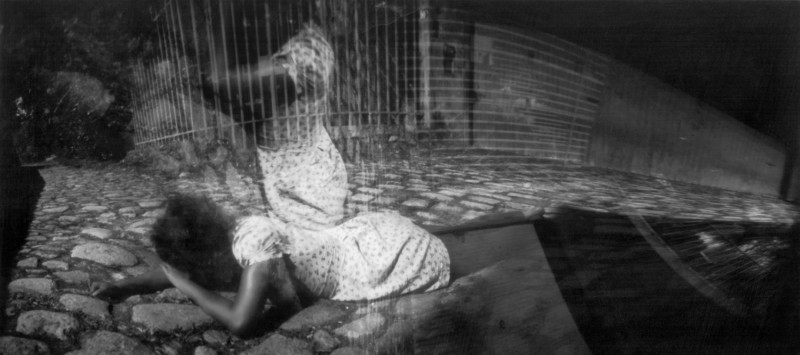
Santa Tereza, neighborhood of Rio de Janeiro. Photo by Juliana de Oliveira, published with permission.
A can with a little hole and some duck tape. It sounds simple, but that's where the paradox resides. To photograph with a digital camera in auto mode, all you need to do is click. But a pinhole, the mother of all analog cameras, requires much more than that: a good dose of patience and concentration, for a start, but also an understanding of the basic principle of photography, which is controlling light. After that, some imagination, inspiration and encouragement will do the rest.
At least that is what the “Mão na Lata” (Hand on can) project is about. It consists of distributing pinhole cameras to teenagers from 12 to 18 years old in Complexo da Maré, a neighborhood in Rio de Janeiro comprising of 16 favelas where about 130,000 people live. From the crafting of the cameras, made with powdered milk cans, to the developing of the negatives, everything is done by the participants themselves, who are asked to document their community's daily life in black and white.
Mão na Lata, which was founded by photographer Tatiana Altberg, has offered craft photography and literature workshops to young people from the community in partnership with NGO Redes da Maré (Maré Networks) since 2003. In 2012, Altberg gained support from state oil company Petrobrás, through the Brazilian Rouanet Law (which encourages companies to finance cultural projects), to develop the project “From craft to digital”, in which students learned the basics of digital photography in addition to pinhole photography. The project also encouraged students to photograph places mentioned in the books of Machado de Assis, a Brazilian writer who lived in Rio de Janeiro in the 19th century and was one of the most important names in national literature.
The initiative resulted in the book “Cada Dia Meu Pensamento é Diferente” (Each day my thought is different), a compilation of the teenagers’ work, released by NAU publishing house in 2013.
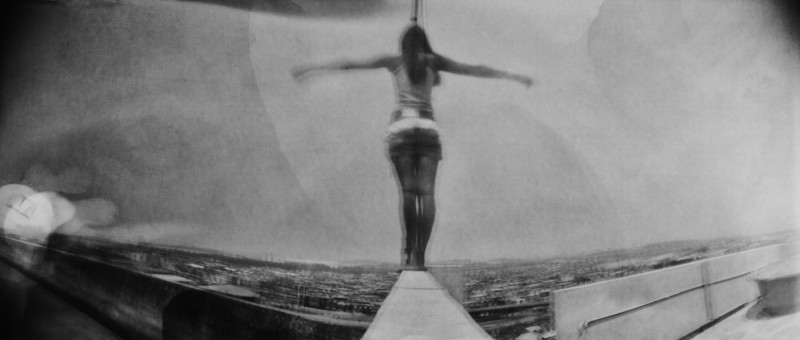
Ramos, near Complexo da Maré. Photo by Yasmin Lopes, published with permission.
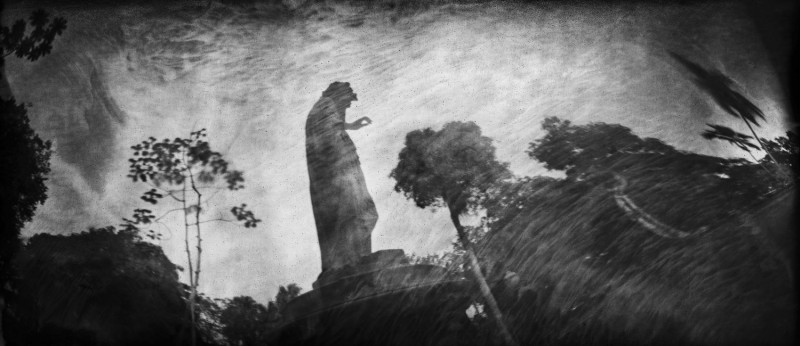
Passeio Público, downtown Rio de Janeiro. Foto by Rafael Oliveira, published with permission.
In the book, Eliana Souza Silva, director of Redes da Maré, writes about the project:
Essa obra coletiva caracteriza-se por articular qualidade artística e impacto político. Afirma que os moradores da Maré criam e se (re)inventam todos os dias, como quaisquer cidadãos da polis. A iniciativa é parte do projeto maior da Redes da Maré, instituição que aposta em iniciativas que criem/estimulem experiências estéticas como parte fundamental da vida humana, numa região importante da cidade do Rio de Janeiro, a Maré. […] Tudo isso, reconhecendo esse processo como um direito que se negou historicamente a uma parcela da sociedade brasileira”
This collective work brings together artistic quality and political impact. It affirms that the inhabitants of the Maré neighborhood create and reinvent themselves everyday, like any other citizen from the polis. The initiative is part of a larger project from Redes da Maré, an institution who bets on initiatives that create/stimulate aesthetic experiences as a fundamental part of human life in an important region from Rio de Janeiro, the Maré. […] All this acknowledging this process as a right that has been historically denied to a certain part of the Brazilian population.
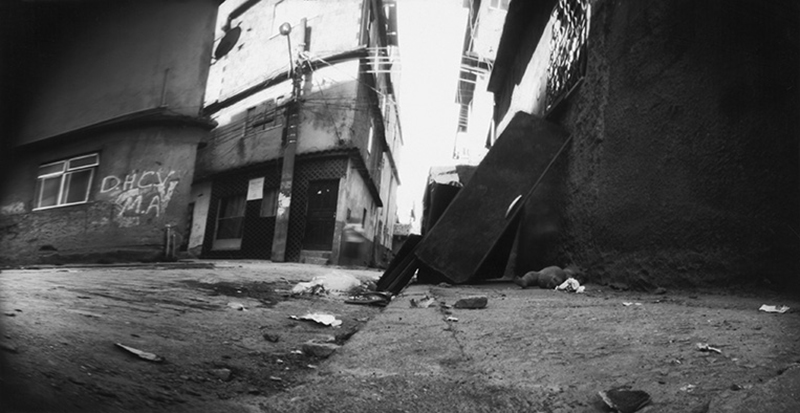
Miolo street in Nova Holanda, Complexo da Maré. Photo by Géssica Nunes, published with permission.
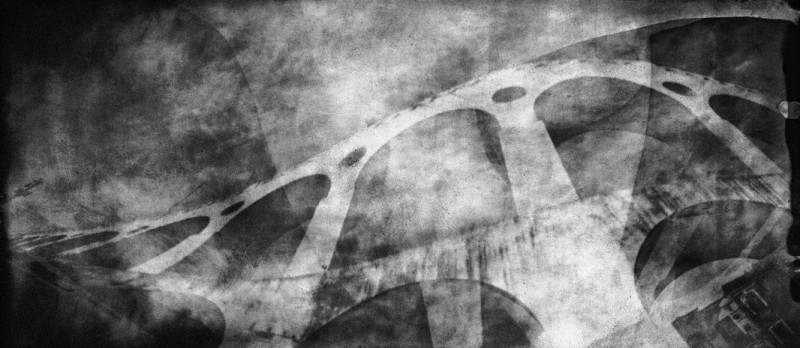
Lapa Arches, downtown Rio de Janeiro. Photo by Nicole Cristina da Silva, published with permission.
Altberg and Luiza Leite, professor of literature who collaborated with the book's edition, explain what inspired them to choose the book's title:
O título do livro é um fragmento de um dos textos produzidos por um dos alunos do projeto. Queríamos um título capaz de ressaltar a qualidade cambiante do pensamento reflexivo, conquistado pelos alunos após um prolongado processo de criação.
The book's title is an excerpt of an essay written by one of the students. We wanted a title that could express the changing quality of the reflective thought, something that was achieved by the students after a long process of creation.
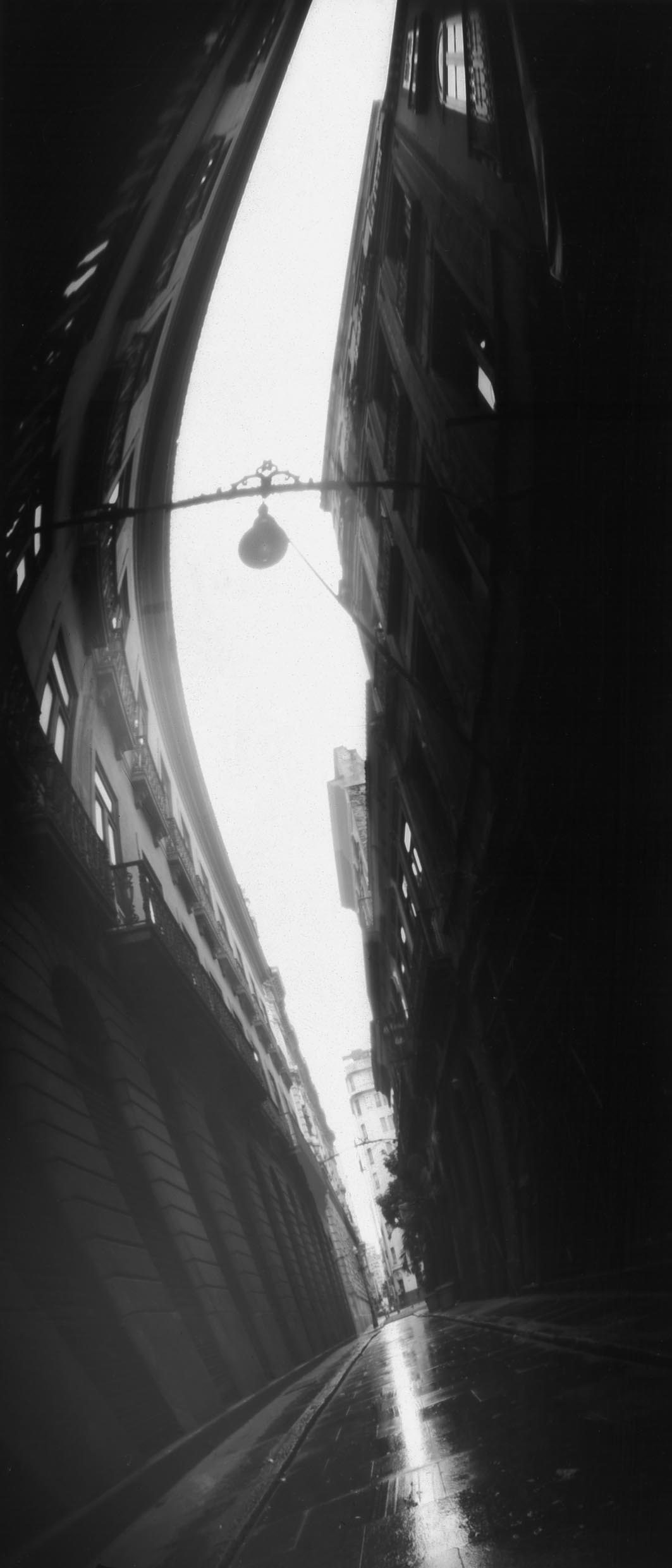
Rua do Rosário, Centro. Photo by Jonas Willami Ferreira, published with permission.
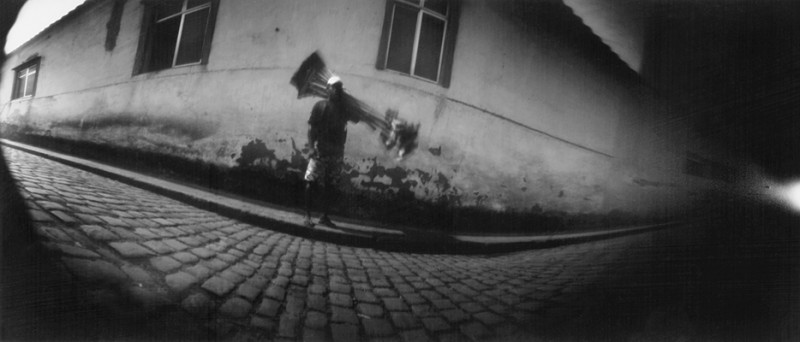
Livramento Hill, Gamboa. Photo by Larisse Paiva, published with permission.
The author of said essay is Jonas Willami, 17, who said this in the book's launch party:
Me deu mais paixão pela fotografia. Foi uma sensação muito boa, de ver a felicidade de todos aqui no lançamento, pois não é apenas um projeto, somos uma família. E a frase se encaixa perfeitamente no eixo da história que se passa o livro.
It gave me more passion for photography. It was a great sensation, to see everyone's happiness here in the launch party, because this is not just a project, we are a family. And the sentence fits perfectly with the book's story.
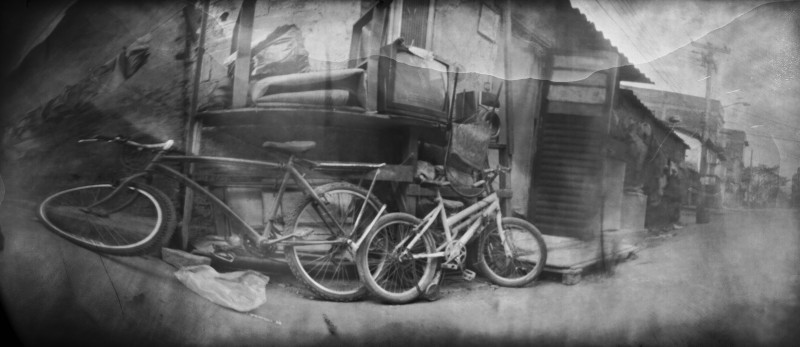
Sargento Silva Nunes st., Nova Holanda, Complexo da Maré. Photo by Augusto Araújo, published with permission.
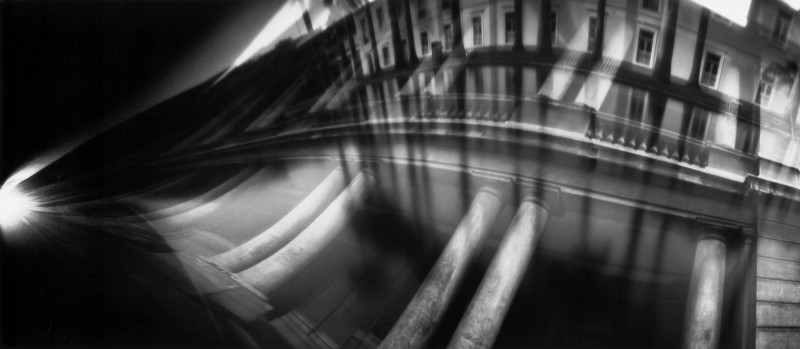
Itamaraty Palace, downtown Rio de Janeiro. Photo by Lucas Eduardo Mercês da Costa, published with permission.
Altberg has also produced a documentary about the project (in Portuguese, no subtitles):
In the book, Ana Maria Mauad, associate professor at the History Department of Federal Fluminense University, reflects on the symbolism and timeless character of the images:
O mundo que conhecemos com essas imagens atravessa os tempos, reunindo passado e presente – os Rios de Machado, do conflito, da pacificação, da vida das pessoas comuns nas suas fascinantes excepcionalidades.
The world we get to know with those images traverses time, uniting past and present – the “Rio de Janeiros” of Machado de Assis, of the conflict, of the pacification, of the life of common people in their fascinating exceptionalities.







3 comments